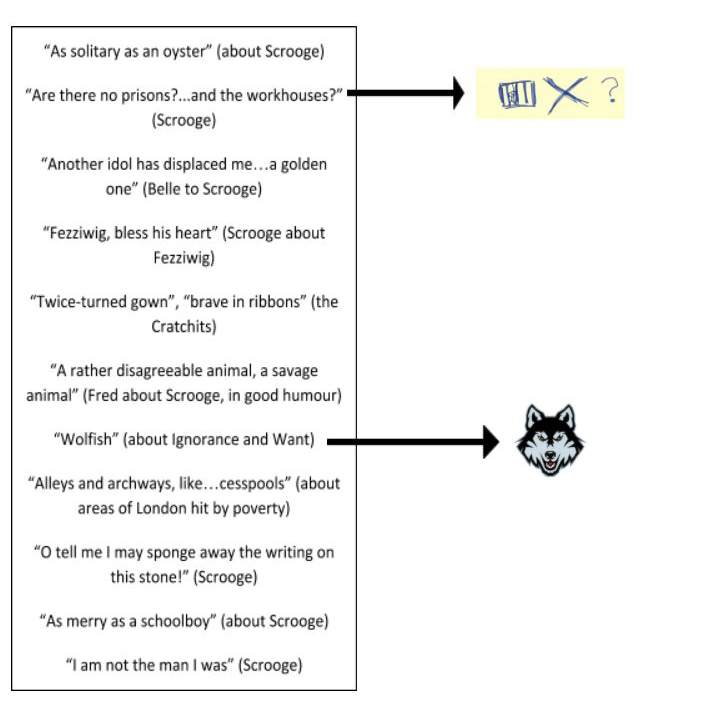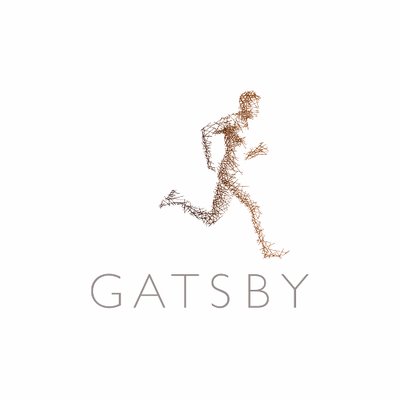Revision Techniques
Revision Cards
Put a simple piece of information and/or a picture on one side of the card, and a full explanation/definition on the other. This is particularly useful for revising:
- Key people or dates
- Formulae
- Key words
There are also some fantastic flashcard Apps on the Appstore and in the Android Marketplace – free and paid. Some even allow you to draw pictures. Just search for ‘flash cards’.
Mind Maps
Put the main point (E.g. ‘human reproduction’) in the middle of the sheet. Coming out of this, put subdivisions for this topic. Include pictures, diagrams, colours, arrows to connect things.

Mind Map V2 – the layered version!
This is great for forming your PEE structure for paragraphs/ Essays (Point/Evidence/ Explain).
How does it work?
- Each layer of the essay has a different colour and that is the same for each topic, so you need to learn the colour and importance of evidence.
- Write the topic in the middle (here in blue).
- Write key factors on lines coming off the topic (here in black). These can later become paragraph points.
- Evidence comes off the factors (here in red).
- Add links with arrows either between factors or into or out of the topic (here in orange). This may help decide the most important for a conclusion.
- Now it’s complete, you 1re ready to learn from it!
- Firstly, cover the topic and say what it is.
- Then cover the factors (there are 5 here) and repeat them back without looking.
- Finally, cover the evidence for one factor and repeat it back.
- Check you got it all, reread it and say it again until you can repeat the whole page.

Studying HISTORY? Try it out for yourself…
Create a layered mind map for one of the Paper 1 unit topics (e.g., causes of World War 2).
Revision Clock
- Break down a topic into 12 subtopics. Each of these subtopics will go into a 5 minute segment on your revision clock, making them shorter chunks of revision.
- Make brief notes, draw pictures/diagrams to represent the information in each segment.
- Use it to spend 5 minutes revising each strategy. You could also have a blank revision clock and try to copy it out from memory.
Studying MATHS? Try it out for yourself…
See the example below. Can you do the same for algebra in shapes?

Traffic lights
Highlight your notes in terms of how confident you are with different parts.
- Red/pink = priorities for revision; things you really don’t understand
- Orange/yellow = things you have some understanding of
- Green = things you are confident about
Once you’ve done this, you can apply other revision strategies to the things you have put in pink/red.
Post-it notes
Write short, sharp notes about things you find it hard to remember, and stick them in places where you know you will look (light switches, the kettle, by the toilet roll….).

Colour coding
Come up with a colour-coding system for your notes. For example: key words are in one colour, case studies in another, positive/negative points in another. You can also apply this to mind maps or revision cards.
Do the Youtube thing!
Other students have done GCSEs in the past, and many of them are creative geniuses! There are a huge array of revision videos available, many of which include memorable songs.
Write mnemonics or rhymes
Writing these for yourself can help you to remember sequences of information, especially when they need to be in a particular order.
Work with a friend
Do your revision with someone else who wants to revise the same thing. You can help each other out if you’re stuck, and test each other.
Write summaries
Write a summary of each section of your exam; condense an entire set of notes into one A5 set of bullet points, for example.
Make recordings
Record yourself saying key things and play them back. Mobile phones all have a voice-recorder function, so you can listen to them wherever you like.
Draw up a lastminute.com sheet
Make an A5 piece of paper that contains a really concise list of things that you absolutely cannot forget. Take this with you on the day of the exam so that it’s the last thing you see before you go into your exam.
Harness your inner geek
Set reminders in your mobile phone; this is ideal for remembering small bits of simple information, like dates and names. If the same reminder goes off seven times, it will become a part of your long-term memory. You can have several reminders going at a time.
Key Words
Developing the right vocabulary for each subject is absolutely crucial. Without it, understanding exam questions is really hard, and writing answers that give top marks is also really hard. It is therefore a good idea to have key word lists, revision cards and conversations that involve these keywords. The school has prepared many resources for you on Quizlet.
Cornell note taking
This method was developed in 1949 at Cornell University and is useful in helping you to break down larger pieces of text, selecting the most important information to focus on.
How does it work?
- Read your text.
- In the right hand column of your paper, take notes like you normally would.
- In the left hand column, create questions about your notes. These questions should reflect:
- Main ideas in the text
- Topics/information you don’t understand
- Information you think would be great in an essay
- Gaps in your earlier notes
- Also add any key terms here.
- Write 2-3 bullet points to summarise your notes.
- You can now use your Cornell notes to revise from, rather than wading through a hefty piece of text/text book!
Studying FOOD TECHNOLOGY? Try it out for yourself…
Use the examples to see Cornell Notes in action. Apply the Cornell note taking method to information about food hygiene.


Dual Coding
Did you know that when information is presented alongside relevant images, it becomes much more memorable?
How does it work?
- Look at the information you’re trying to remember.
- Transform the information into visuals (e.g. drawings) that represent the information in your mind.
- Create flashcards with the visual on one side and the information on the other. That way, you can test yourself and have others test you!
- Display the images around your room or, even better, your whole house! This way, every time you see them you’ll think about what information they visualise and be more likely to remember it.
Studying ENGLISH LITERATURE? Try it out for yourself…
Dual code key quotes from ‘A Christmas Carol’. This strategy really helps with quote analysis too, because you can start to visualise what effect each word has on the reader! Take a look at my example below – Dickens clearly used the adjective “wolfish” to present Ignorance and Want as animalistic and savage.









